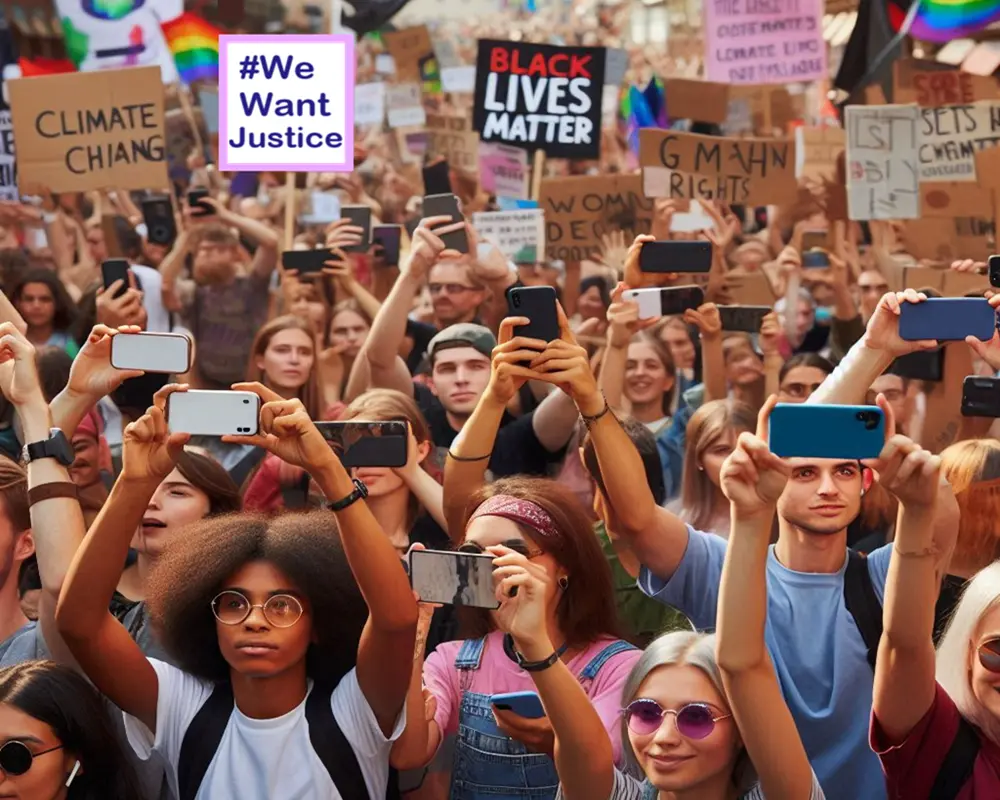Cultural Diversity Benefits and Challenges: How to Overcome Cultural Barriers
The term cultural diversity refers to the presence of groups of people from different backgrounds in a given society, as these groups differ from each other in beliefs, language, religion, race, and many others. Cultural diversity is an essential element in societies to ensure a healthy life, free of hatred and racism, and capable of growth and development. In this blog, we will discuss the pros and cons of cultural diversity and easy ways to overcome cultural diversity challenges.

What is Cultural Diversity?
Cultural diversity refers to the presence of multiple cultural groups and their unique practices, beliefs, and values within a society or organization. It includes differences in race, ethnicity, language, religion and other cultural aspects.
Cultural diversity is also defined as a system of beliefs and behaviors that recognize and respect the existence of all diverse groups in one organization or society, appreciate their social and cultural differences, and seek to give all different cultural groups an active role in society. This enables them to contribute to a cultural context that includes everyone.
Cultural diversity is synonymous with multiculturalism, which is defined as the view that cultures and races, especially minorities, deserve recognition of their differences within the dominant political culture.
Cultural diversity occurs in many different environments, such as the work environment. It involves having a multilingual team, a diverse group of ages working together, and anti-discrimination policies, as would be the case in any educational setting. It represents the presence of students from different regions of the world, accepting all their religious practices and traditions, and supporting them to share their cultures with each other.
American classrooms are becoming more diverse every year, which means that cultural diversity in classrooms is becoming an increasingly important issue for educators throughout the educational system.
Let’s explore the pros and cons of cultural diversity!
Benefits of Cultural Diversity
Applying the concept of cultural diversity on the ground effectively brings many benefits to the individual and society. The benefit of this concept is greatly evident in the field of work, education, and elsewhere Learn how cultural diversity can inspire creativity, drive innovation, and boost profitability in international business:
Enhancing creativity and innovation:
Cultural diversity can inspire an individual to be creative and motivate them to innovate. Culture affects an individual’s views and perspectives. This creates diverse viewpoints about what should be done and what should be developed and inspires new and diverse ideas that will find new ways to solve problems and better meet the needs of individuals.
Cultural diversity at work helps to acquire employees with different and diverse skills, and therefore this diversity is also reflected in the services and offers provided by the company.
Expanding and diversifying productivity:
Cultural diversity creates knowledge and vision of the local market that makes businesses more competitive and profitable. A multicultural workforce gives the organization an important advantage when expanding internationally, as the presence of individuals from the cultures of foreign countries helps them understand the local laws and customs of those countries. It also provides a better opportunity for communication due to the presence of speakers of the native language, which boosts business significantly.
Increasing productivity and performance:
Cultural diversity at work helps to gain new information about different environments and cultures, by asking other employees during break times and hearing about their experiences or the distinctive things in their cultures. This increases employee confidence and improves their relationships with each other.
The range of experiences and working styles offered by a diverse workplace enhances problem-solving ability and leads to greater productivity. Studies have shown that organizations with diverse and inclusive cultures are happier and more productive.
Attracting the best talent:
Relying on a culturally diverse workforce allows us to attract the best talent. A variety of cultures in recruitment allows us to attract outstanding, internationally-minded talent, as well as retain them.
Companies that allow people from different cultures to apply for job vacancies increase the pool of candidates. Therefore, the selection process will fall on the most qualified, most experienced, and best-skilled person, which increases the efficiency of its work and its level of competition among other companies, in addition to its success in the labor market.
Cultural diversity, including diversity of gender, religion and ethnicity, has been shown to improve retention and reduce the costs associated with employee turnover.
Realizing deep learning:
Students learn mainly from the curriculum and their surroundings. With a diverse student body, a greater understanding of people and cultural backgrounds from all over the world increases. This also contributes to the diversity of ideas and perspectives which makes learning more interesting.
Spending a lot of time with people from different cultures reduces racial discrimination between cultures, and reduces negative feelings such as hatred towards others.
Improving business reputation:
Companies that employ people from different environments gain a better reputation than others, as a better working environment. It also increases customer confidence and their expectation of receiving better services, as it is a diversified company, meaning it is able to understand their requirements.
Developing trust and interaction between individuals
Mixing individuals with other people from diverse cultures will give them more confidence in dealing with people outside their usual range, and will increase interaction with other people who have different practices, beliefs, life experiences, and cultures. This enhances the feeling of empathy. A person cannot fully understand people and their cultures without interacting with them and engaging with them, which will most likely result in empathy.
The Challenges of Cultural Diversity
Despite the benefits of cultural diversity in many aspects of life, it is not without some negatives that must be taken into consideration. Some of the challenges of cultural diversity include the following:
Language barriers: One of the main drawbacks of cultural diversity is that it creates language barriers between individuals. This social segregation usually occurs when people who speak different languages live in the same place.
Misunderstanding and bias: Cultural diversity can lead to misunderstanding and bias between individuals from different backgrounds, negatively affecting the work environment or society. Differences in professional etiquette and cultural expectations may lead to misunderstandings and negative feelings in the work environment.
Social discrimination in the workplace: Due to cultural and ethnic diversity, many issues of social discrimination in the workplace may arise, and this is often due to cultural differences. An example of this is the racial discrimination that sometimes occurs towards employees of African origin.
Employment Laws and Religious Holidays: Employment laws and religious holidays can pose challenges in a culturally diverse workplace, leading to tension and misunderstanding.
Social tension: Social tension occurs as a result of cultural, linguistic and religious differences, and this is due to the inability to easily identify and coexist with values between different cultures.
How to Overcome Cultural Diversity Challenges
Overcoming cultural diversity challenges can be quite rewarding, as it fosters a more inclusive and innovative environment. Here are some strategies to help navigate these challenges:
Cultural Awareness Training: Conduct workshops and training sessions to educate employees about different cultures, traditions, and communication styles. This can help in building empathy and reducing biases.
Promote Open Communication: Encourage open and respectful dialogue among team members. This helps in understanding different perspectives and reduces misunderstandings.
Address Language Barriers: Provide language support and encourage the use of clear and simple language in communication.
Encourage Team Building Activities: Activities that promote teamwork and collaboration can help bridge cultural gaps and build stronger relationships among team members.
Create Inclusive Policies: Develop and implement policies that promote diversity and inclusion. Ensure these policies are communicated clearly to all employees.
Celebrate Diversity: Organize cultural exchange programs and celebrate various cultural events within the workplace. This not only educates but also brings employees closer.
Foster Inclusive Leadership: Leaders should model inclusive behavior and actively promote a culture of respect and inclusion.
By implementing these strategies, you can create a more harmonious and productive work environment.
Read Here: Social structure examples in real life
Conclusion: Pros and Cons of Cultural Diversity
Cultural diversity brings many benefits. It fosters innovation, creativity, engagement and a richer understanding of global perspectives. However, it also presents challenges in terms of cultural integration, prejudices, communication barriers, and the potential for conflict and misunderstanding.
To foster inclusivity, we should implement effective strategies to promote understanding and respect between individuals of different cultural backgrounds.



